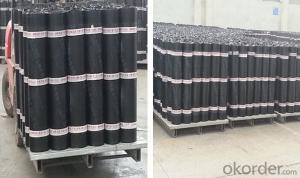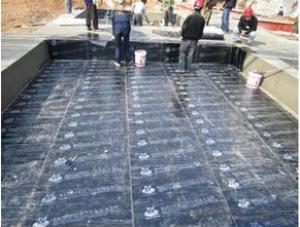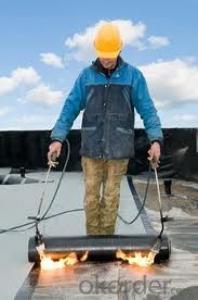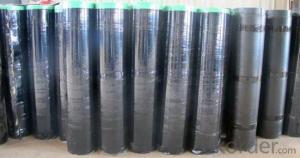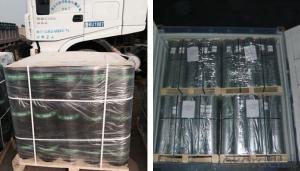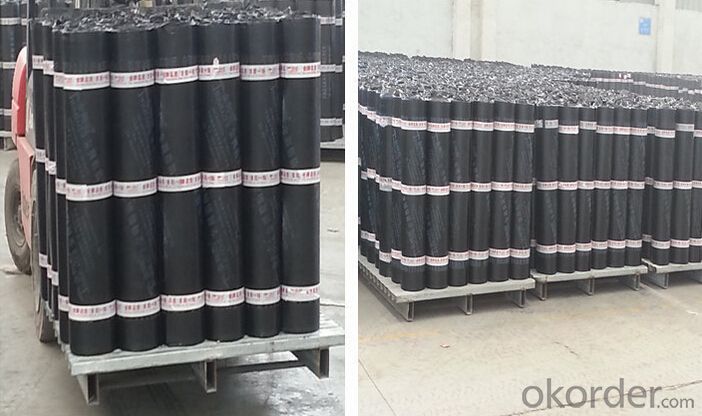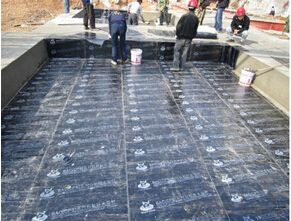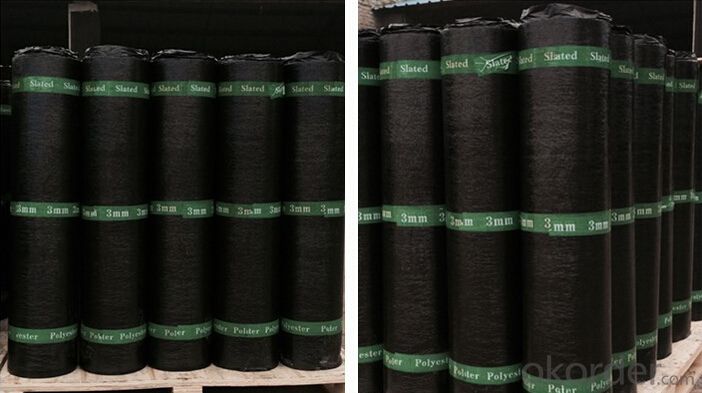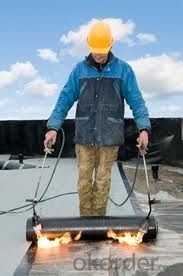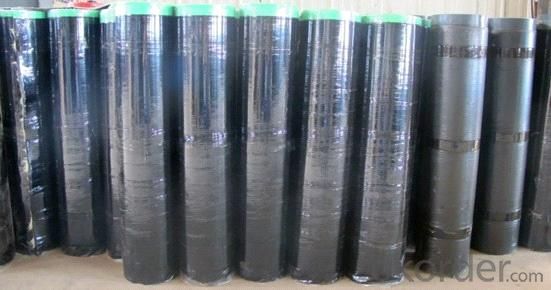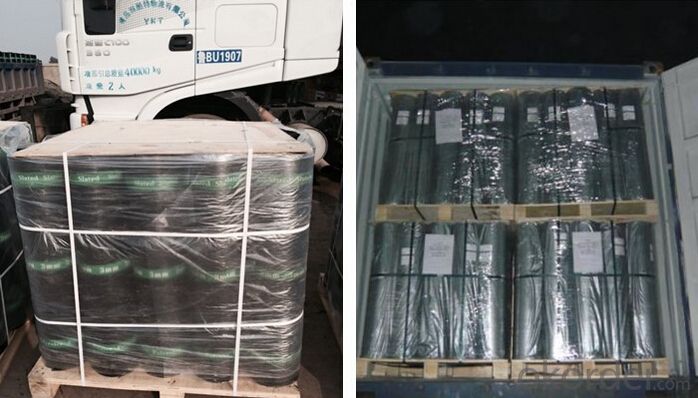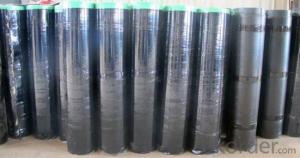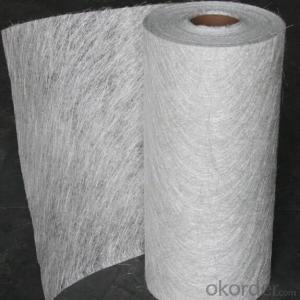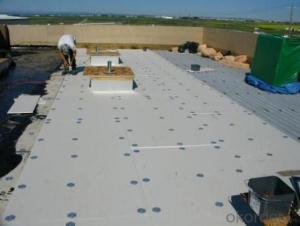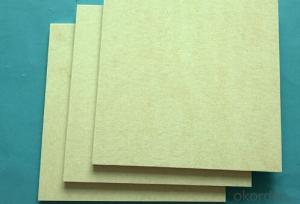APP/SBS Waterproof Membranes In Polyester Mat
- Loading Port:
- Shanghai
- Payment Terms:
- TT OR LC
- Min Order Qty:
- 2000 m²
- Supply Capability:
- 200000 m²/month
OKorder Service Pledge
OKorder Financial Service
You Might Also Like
product description:
sbs waterproof membrane take the “Skin” type waterproof thought, according to the features of construction site, on the basis of width elastomeric modified bitumen waterproofing membrane, combining with features of wet-application self-adhesive membrane, use advanced equipment to produce 2 meters width that WP-SBS wet-application width elastomeric modified bitumen waterproofing membrane (Hereinafter referred to: WP-SBS membrane).WP-SBS is made of bitumen modified with Styrene-Butadiene- Styrene (SBS)as dipping and painting. Its upper surface covers PE membrane and color sand or schist, and lower surface is made of isolation material. Products correspond to the national standards GB18242-2008(elastomeric modified bitumen waterproofing membrane), paste by cement or cement mortar, and construct on the wet base, achieving tight and full adhesion with substrates, eliminating fluid-channeling layer, all above contribute to making a reliable “Skin” type waterproof system, which is a breakthrough innovation in ordinary modified bitumen membrane.
Characteristic
1.Good impermeability
2.Possess good tensile strength, elongation and size stability which could be well suited the substrate distortion and crack.
3.Good performance in anti-strength, anti-resistance , anti-erosion, anti-mildew, anti-weathering
4.SBS modified bitumen membrane is specially being applied in the cold area with low temperature, while APP modified bitumen membrane is applied in the area with high temperature.
5.Convenient installation
Applicable scope:
It is widely used for civil building roofing, underground, bridge, parking, pool, tunnel in the line of waterproofing and dampproofing, especially for the building under high temperature.
Application
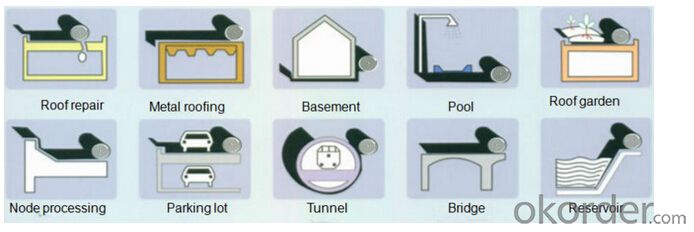
Our Services
1.If you need some advises for the waterproof construction, we have the best engineer to serve you.
2.We send the free samples to you by freight collect.
3.We will guarantee the quality and the competitive price.
4.We will give you the best packaging and safe shipping.
5.If any problem, we will always be right here waiting for you.
Packaging & Shipping
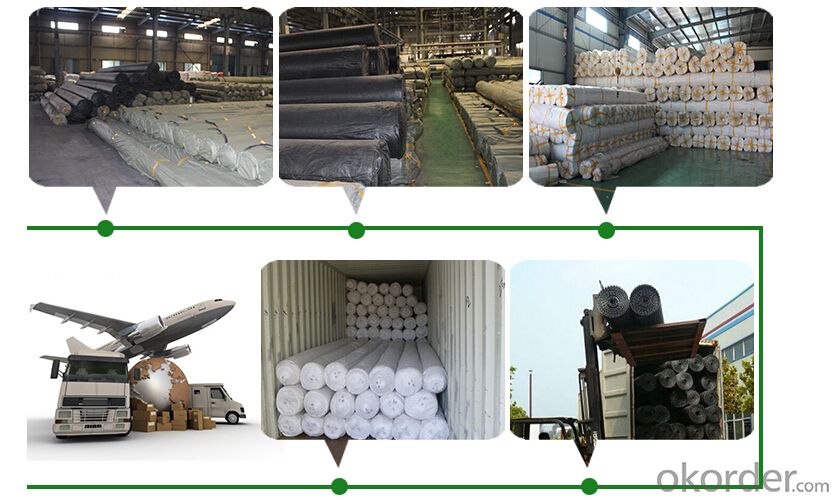
| Packing | Woven bag/PE bag packing or as customer request |
| Shipping | FOB Changsha,customized shipping terms and oppointed port accepted |
Technical parameter
| Item | Specifications | ||||||||
| Geotextile Unit Weight (g/m²) | 300 | 500 | 600 | 700 | 800 | 900 | 1000 | 1100 | |
| Geomembrane Thickness (mm) | 0.25-0.35 | 0.30-0.50 | |||||||
| Nominal Fracture Strength (KN/m) | 2.50 | 7.50 | 10 | 12 | 14 | 16 | 18 | 20 | |
| Breaking Strength (KN/m,≥,LD/TD) | 2.50 | 7.50 | 10 | 12 | 14 | 16 | 18 | 20 | |
| Standard Intensity Corresponding Elongation Rate (%) | 30~100 | ||||||||
| CBR Burst Strength (KN,≥) | 0.70 | 1.50 | 1.90 | 2.20 | 2.50 | 2.80 | 3.00 | 3.20 | |
| Longitudinal Tear Strength (KN,≥) | 0.05 | 0.25 | 0.32 | 0.40 | 0.48 | 0.56 | 0.62 | 0.70 | |
| Hydrostatic Pressve (Mpa) | See List Below | ||||||||
| Peel Strength (N/cm,≥) | 6 | ||||||||
| Vertical Permeability Coefficient (cm/s) | According to design or contract mentioned. | ||||||||
| Width Variation (%) | -1.00 | ||||||||
| Item | Geomembrane Thickness (mm) | ||||||||
| 0.20 | 0.30 | 0.40 | 0.50 | 0.60 | 0.70 | 0.80 | 1.00 | ||
| Hydrostatic Pressve (Mpa) | One geotextiles with one geomembrane | 0.40 | 0.50 | 0.60 | 0.80 | 1.00 | 1.20 | 1.40 | 1.60 |
| Two geotextiles with one geomembrane | 0.50 | 0.60 | 0.80 | 1.00 | 1.20 | 1.40 | 1.60 | 1.80 | |
Professional test machines ensure the products qualified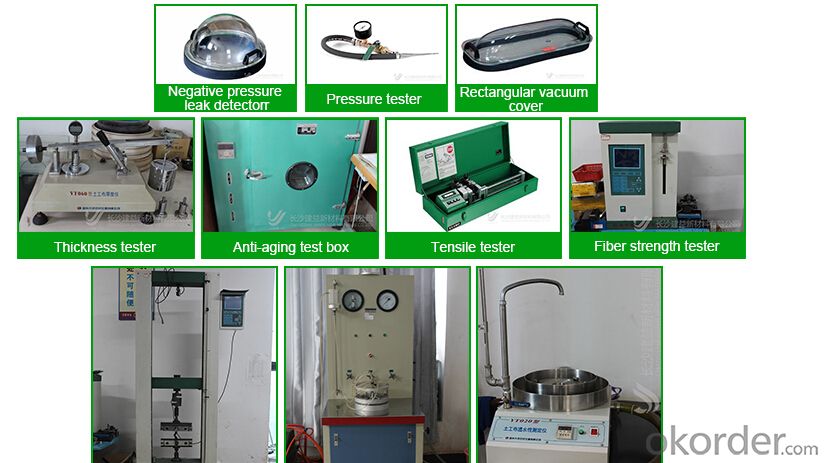 roduct certifications
roduct certifications
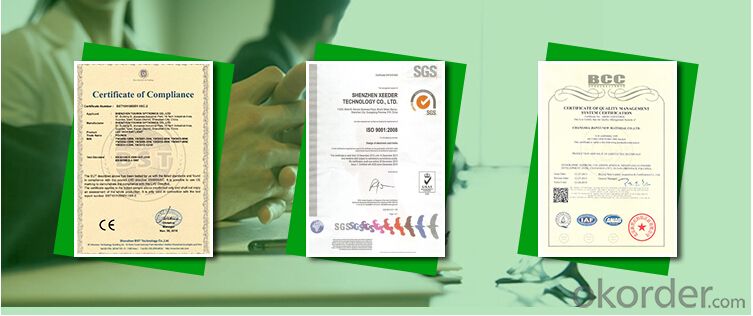
Inquiry Note
How to send an effective inquiry for saving your time?
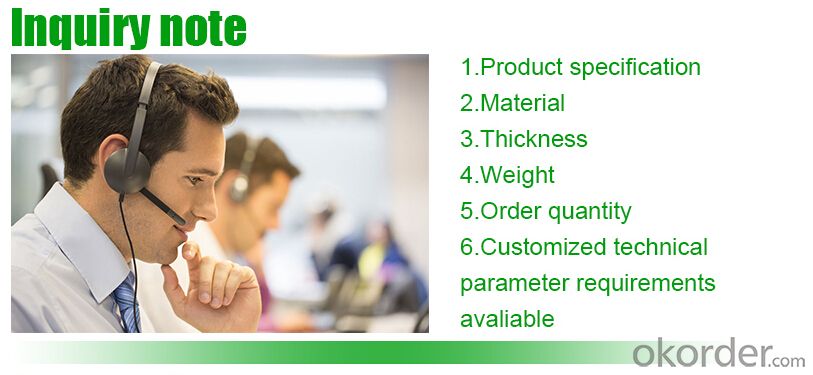
product show
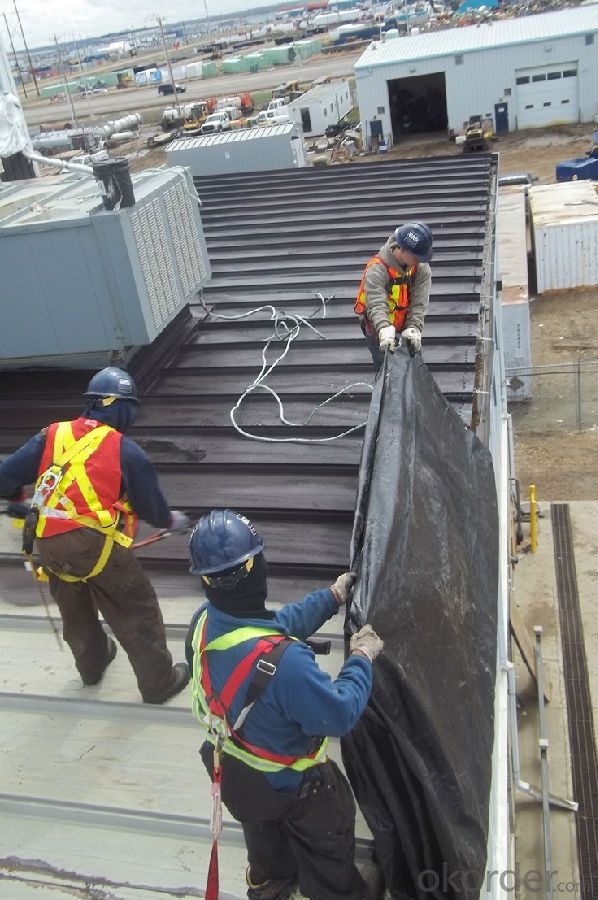
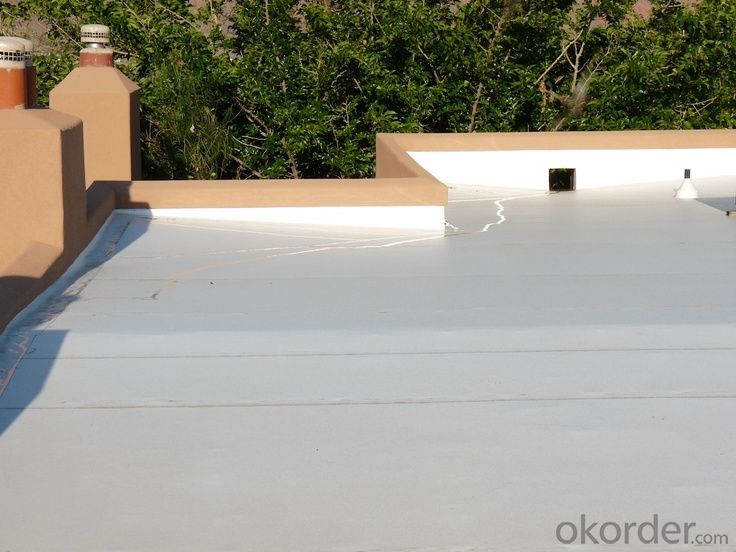

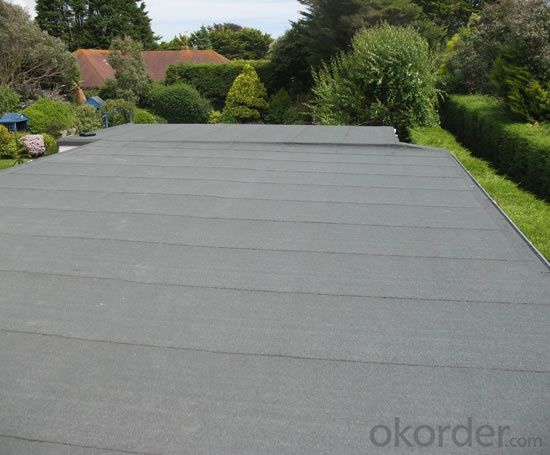
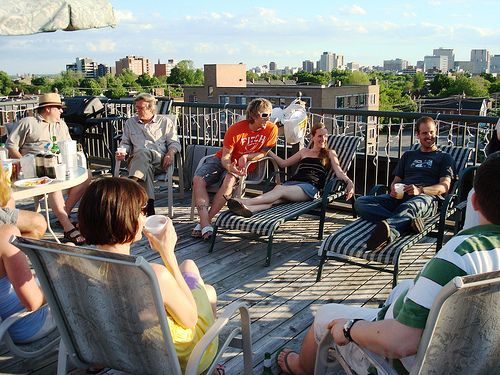
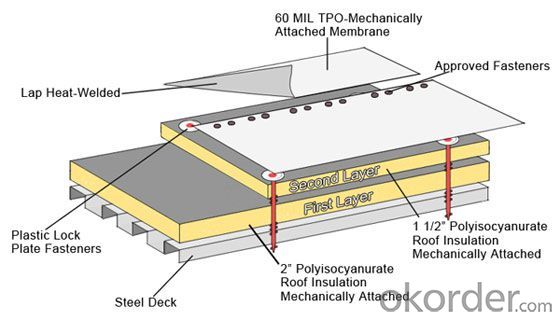
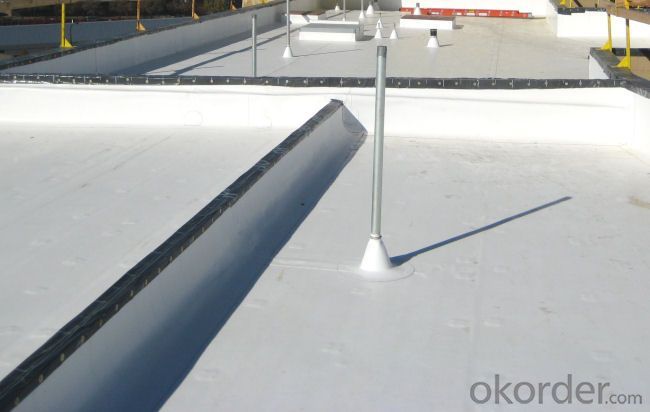
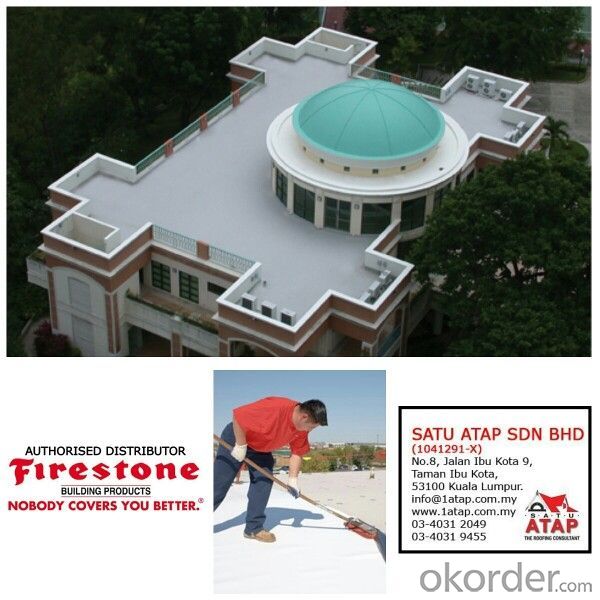
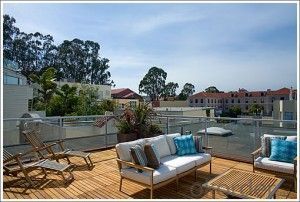
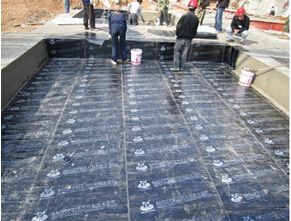
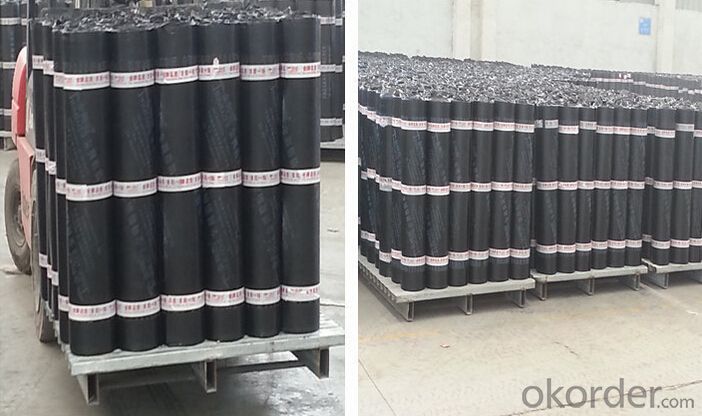
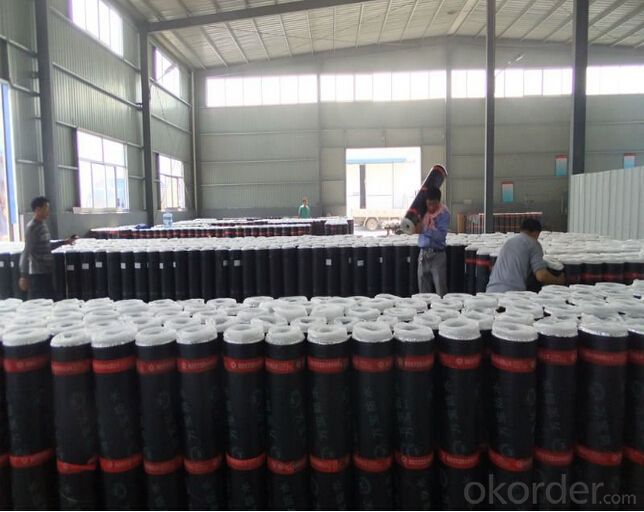
FAQ

- Q: Is a waterproofing membrane compatible with different types of adhesives?
- Yes, a waterproofing membrane is generally compatible with different types of adhesives. However, it is essential to ensure that the adhesive being used is suitable for the specific type of waterproofing membrane being installed. Different waterproofing membranes may have varying compatibility with different adhesives due to variations in their composition and surface properties. It is recommended to consult with the manufacturer or supplier of both the waterproofing membrane and the adhesive to determine their compatibility and suitability for the intended application. Additionally, following the manufacturer's instructions and guidelines for both the membrane and adhesive will help ensure proper installation and long-term performance.
- Q: How are waterproofing membranes installed?
- To safeguard buildings and structures from water damage, the application of waterproofing membranes is essential. Typically, the installation process involves multiple steps. Initially, the designated surface must be adequately prepared. This entails cleansing the surface and eliminating any debris or loose materials. Ensuring the surface is smooth and devoid of irregularities or cracks is of utmost importance. Following this, a primer is administered to the surface. This aids in establishing a robust bond between the membrane and the surface. Typically, a brush or roller is employed to apply the primer, and it is crucial to allow it to completely dry before proceeding to the subsequent step. Once the surface is primed, the waterproofing membrane can be installed. Various types of membranes are available, including sheet membranes, liquid membranes, and peel-and-stick membranes. The selection of the membrane type depends on the project's requirements and the surface being waterproofed. For sheet membranes, the material is typically unrolled and carefully positioned over the primed surface. It is crucial to ensure the proper alignment of the membrane, devoid of any wrinkles or air pockets. Subsequently, the membrane is firmly pressed down to establish a robust bond with the surface. Liquid membranes are usually applied using a brush or roller. The liquid is evenly spread over the primed surface, and multiple coats may be applied to ensure a comprehensive and effective waterproofing layer. Each coat must be allowed to dry before proceeding to the next. Peel-and-stick membranes are the simplest to install. The backing is peeled off the membrane, and it is meticulously pressed onto the primed surface. The adhesive on the membrane's back establishes a strong bond with the surface. Once the membrane is installed, any seams or joints must be adequately sealed. This is typically achieved using waterproofing tape or sealant. The objective is to create a continuous and watertight barrier to prevent any water from penetrating. Overall, the installation process for waterproofing membranes necessitates meticulous preparation, accurate application, and attention to detail. It is crucial to adhere to the manufacturer's instructions and utilize appropriate materials and techniques for the specific membrane being installed. By doing so, a dependable and efficient waterproofing system can be established, safeguarding the building or structure from water damage.
- Q: Can a waterproofing membrane be used in conjunction with energy-efficient building designs?
- Yes, a waterproofing membrane can be used in conjunction with energy-efficient building designs. In fact, incorporating a waterproofing membrane into the construction of an energy-efficient building can provide several benefits. Firstly, a waterproofing membrane helps to protect the building envelope from water infiltration, which is critical for maintaining the integrity and longevity of the structure. By preventing water damage, the building can avoid costly repairs and potential energy losses caused by moisture intrusion. Additionally, a well-designed waterproofing system can contribute to the energy efficiency of the building by reducing the need for mechanical heating and cooling. By preventing moisture from entering the building envelope, the waterproofing membrane helps to maintain a consistent indoor temperature, reducing the load on HVAC systems and improving energy efficiency. Furthermore, certain types of waterproofing membranes, such as those with reflective or heat-resistant properties, can also contribute to energy savings by reducing heat transfer through the building envelope. These membranes reflect solar radiation, reducing the amount of heat absorbed by the building, and thus decreasing the demand for cooling. Lastly, waterproofing membranes can be integrated with other energy-efficient building components, such as green roofs or rainwater harvesting systems. These systems can help to further reduce energy consumption by providing insulation, reducing stormwater runoff, and promoting sustainable water management practices. Overall, incorporating a waterproofing membrane into an energy-efficient building design can enhance both the durability and energy performance of the structure. It offers protection against water damage, reduces the load on mechanical systems, and can be integrated with other sustainable features, making it a valuable component of energy-efficient building designs.
- Q: Can a waterproofing membrane be used on modified bitumen roofs?
- A waterproofing membrane is capable of being utilized on modified bitumen roofs. In fact, it is quite customary to apply a waterproofing membrane on top of modified bitumen roofs in order to provide an extra layer of defense against water infiltration. This is particularly crucial in regions where heavy rainfall occurs or where the roof is frequently exposed to water. The waterproofing membrane serves to seal any potential cracks or openings in the modified bitumen roofing system, thereby preventing water from penetrating and causing damage to the underlying structure. Moreover, the waterproofing membrane can also bolster the overall durability and longevity of the roof by shielding it from the detrimental effects of moisture.
- Q: Can a waterproofing membrane be used in renovation or retrofitting projects?
- Certainly, a waterproofing membrane is a viable option for use in renovation or retrofitting endeavors. In fact, it often plays a crucial role in these projects, guaranteeing the long-term resilience and safeguarding of the building or structure. Waterproofing membranes are specifically designed to establish a barrier against moisture infiltration, effectively thwarting water damage, mold proliferation, and structural decay. When engaging in renovation or retrofitting tasks, it is not uncommon to encounter predicaments such as leaks, cracks, or deteriorated building materials that undermine the building's waterproofing system. In such scenarios, the application of a waterproofing membrane over the affected areas proves to be a reliable method of sealing and protecting them from further harm. This can be accomplished both internally and externally, tailored to the specific requirements at hand. Waterproofing membranes are available in a variety of forms, including sheet membranes, liquid coatings, or spray-applied membranes. They can be employed on various surfaces such as roofs, walls, basements, and even foundations. These membranes possess qualities such as flexibility, durability, and resistance to water and other environmental pressures, rendering them exceptional for renovation or retrofitting undertakings where augmenting the building's waterproofing capabilities is imperative. In conclusion, it is highly advisable to incorporate a waterproofing membrane into renovation or retrofitting ventures to ensure the endurance and integrity of the building. It serves as a proactive measure to preclude future water damage, preserve structural stability, and enhance the overall quality of the revitalized or retrofitted space.
- Q: Can a waterproofing membrane be used for a water tank liner?
- Yes, a waterproofing membrane can be used as a water tank liner. Waterproofing membranes are designed to prevent water from penetrating through surfaces, making them an effective choice for lining water tanks and preventing leaks.
- Q: Are there any specific maintenance requirements for a waterproofing membrane?
- Yes, there are specific maintenance requirements for a waterproofing membrane. Regular inspections should be conducted to check for any signs of damage or deterioration, such as cracks or leaks. Any debris or standing water should be promptly removed to prevent potential damage. Additionally, it is important to follow the manufacturer's guidelines for cleaning and maintenance, which may include periodic cleaning with mild detergents and avoiding the use of harsh chemicals or abrasive cleaning tools.
- Q: Is a waterproofing membrane compatible with different types of flooring materials?
- Yes, a waterproofing membrane is compatible with different types of flooring materials. It can be used with various flooring options like tiles, hardwood, laminate, vinyl, and more to provide protection against water damage and ensure a long-lasting and durable flooring installation.
- Q: Can a waterproofing membrane reduce noise transmission?
- Yes, a waterproofing membrane can help reduce noise transmission. Waterproofing membranes are typically made of materials with good sound insulation properties, such as rubber or synthetic polymers. When applied to surfaces, they create a barrier that helps absorb or block sound waves, reducing the amount of noise that can pass through the structure. Additionally, waterproofing membranes can also help seal gaps and cracks in walls or floors, further reducing noise leakage. So, while the primary function of a waterproofing membrane is to prevent water infiltration, it can also have the secondary benefit of reducing noise transmission.
- Q: Are waterproofing membranes suitable for historical preservation projects?
- Depending on the specific circumstances and goals of a historical preservation project, the use of waterproofing membranes may be suitable. Waterproofing membranes are designed to prevent water infiltration and protect historical structures from moisture damage. In certain situations, historical buildings may have deteriorated or ineffective existing waterproofing systems. In these cases, modern waterproofing membranes can be a viable option to preserve and safeguard the structure. These membranes can be discreetly installed without altering the building's original appearance or architectural integrity. However, it is crucial to exercise caution when considering the use of waterproofing membranes in historical preservation projects. The potential impact on the authenticity and historical value of the structure must be carefully assessed. Some historical buildings may require specialized preservation techniques due to unique construction methods or materials, making alternative preservation methods more appropriate than using membranes. Furthermore, the long-term consequences and maintenance requirements of waterproofing membranes should be taken into account. Certain membranes may have a limited lifespan, necessitating periodic inspections and maintenance to ensure their continued effectiveness. This ongoing maintenance should be included in the preservation plan and budget. Ultimately, the decision to incorporate waterproofing membranes into historical preservation projects should be based on a thorough evaluation of the building's specific needs, characteristics, and preservation objectives. Consulting preservation experts, architects, and engineers can help determine the most suitable approach for each unique project.
Send your message to us
APP/SBS Waterproof Membranes In Polyester Mat
- Loading Port:
- Shanghai
- Payment Terms:
- TT OR LC
- Min Order Qty:
- 2000 m²
- Supply Capability:
- 200000 m²/month
OKorder Service Pledge
OKorder Financial Service
Similar products
Hot products
Hot Searches
Related keywords
